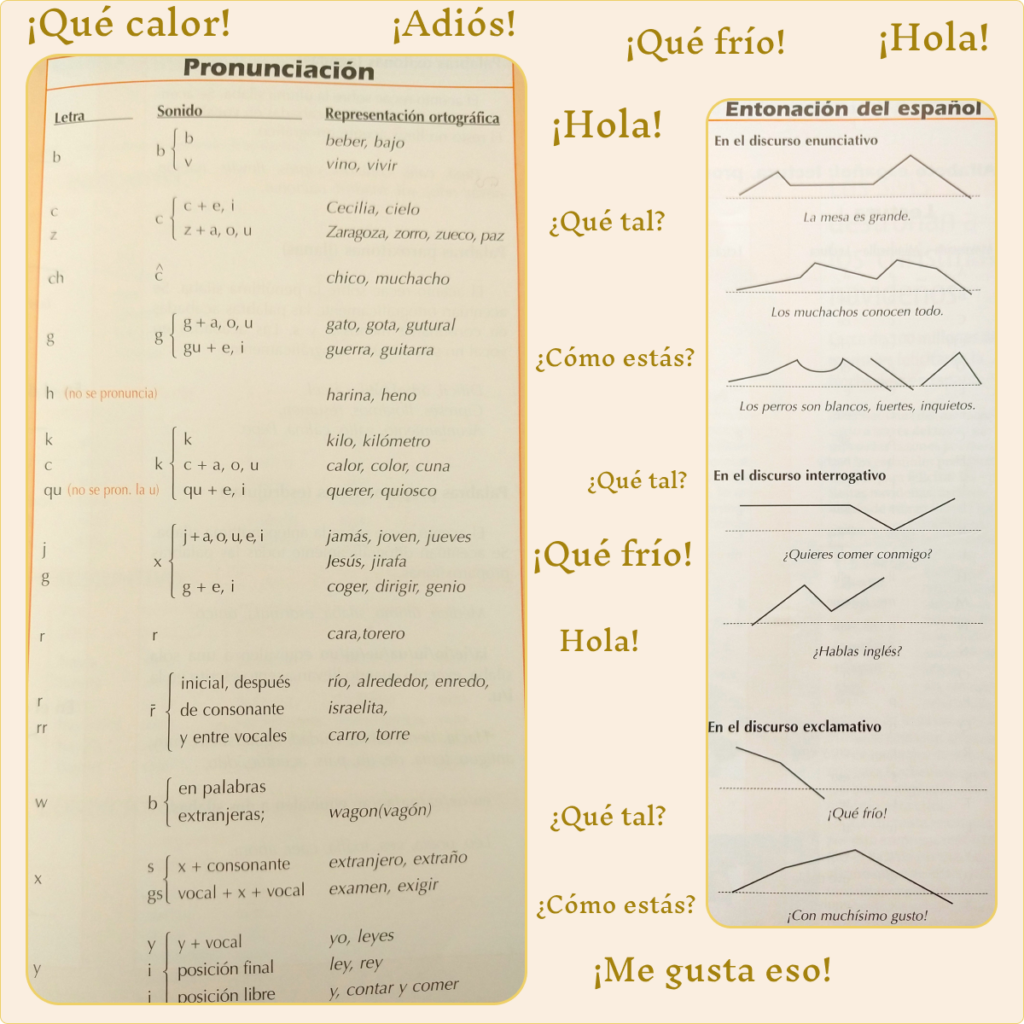When thinking about learning a language, we often name concepts like grammar, vocabulary, conjugation…however, the pronunciation topic does not always get much attention, even though it is essential for a foreigner to master the language.

There will definitely be different goals in the learning process. At first, the main objective is to be able to communicate in the language you are learning. After that, there is the difficult part which is to sound like a native. This is when we should focus on pronunciation and intonation. Natives might not be so observant with small mistakes in pronunciation (pero/ pelo), but a sentence with wrong intonation could be misunderstood even if the words are correctly pronounced (for example those cases when the sound is more aggressive than it should be).
Some of the things that can help you improve will be:
· Listen to a conversation or audio and try to correctly place the punctuation marks.
· You can find audios in Spanish that you already know well, such as a podcast or a tv interview/serie you have already watched. This way your attention will focus in the way you pronounce the words; then record yourself repeating the same words. After that, listen to your audio and compare it with the original one. Finally, write down those words that are harder to say correctly, for you to get right intonation.
· Pay attention to some similar words whose meaning changes depending on the intonation they have. For example: cambio (it translates to exchange or to refer first-person singular of verb to change, cambiar) / cambió (it translates to the past simple form in third-person singular of verb to change).
. Study about the different intonation types. This would be how native speakers pronounce words with a particular accent, based on the place of origin. In the following link: https://prosodia.upf.edu/atlasentonacion/ (from Pompeu Fabra University), you can access to an interactive map where there is an option to select both the region and the type of intonation (questions, imperatives…), to see how the same sentence can have a slight change in pronunciation or even a considerable difference.
Finally, even if you practice all of the above points and feel aware of the changes in how you pronounce Spanish, it is certainly necessary to pay attention to everyday conversations with locals. If you live in a Spanish speaking country, this is a perfect way to fully grasp this concept.
You can read more about this topic in the pronunciation page here.